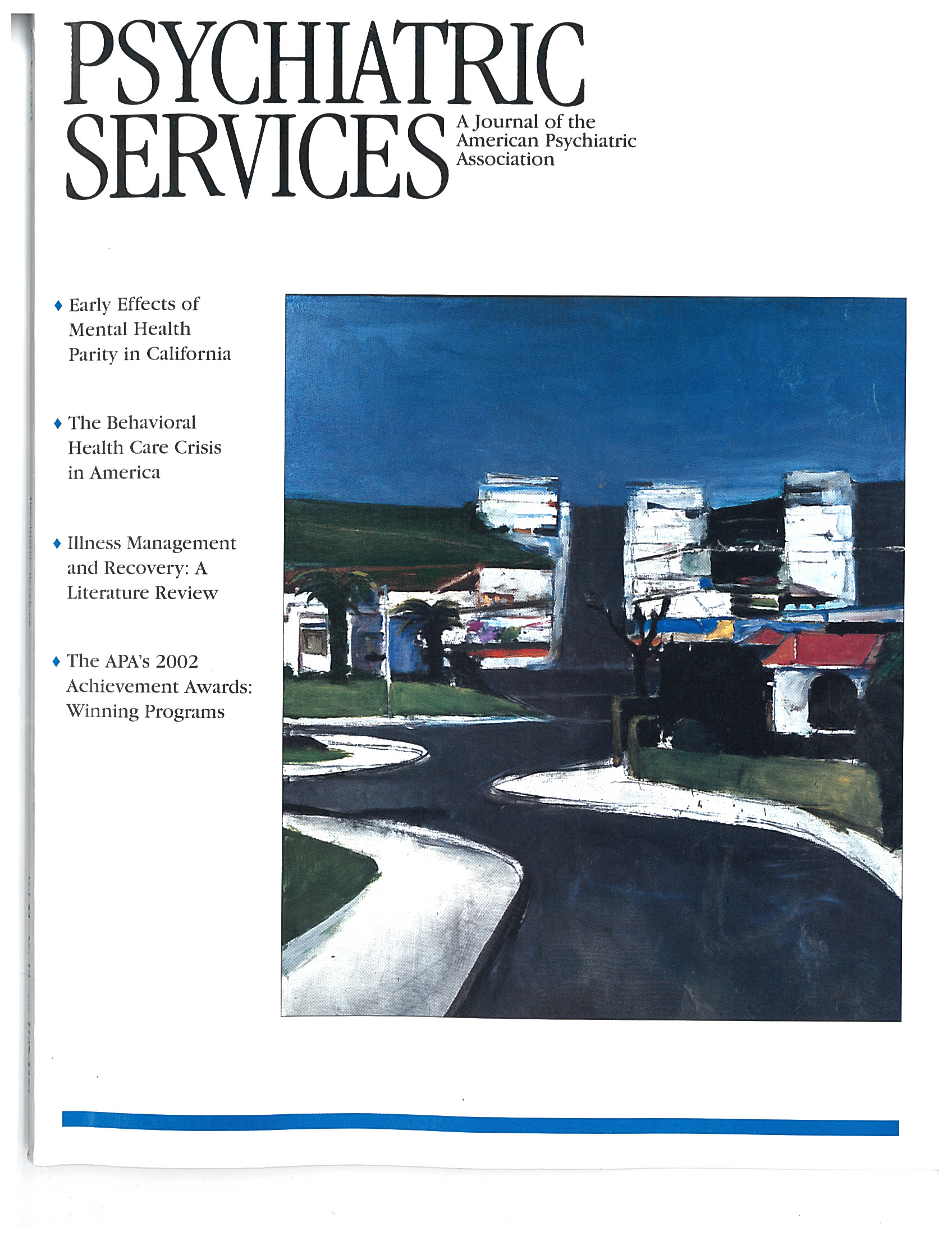Recidivism and Use of Services Among Persons With Mental Illness After Release From Prison
Abstract
OBJECTIVE: Despite large numbers of mentally ill offenders in prisons, few studies of mentally ill offenders released from prison have been conducted. This study describes such a population of mentally ill offenders, the postrelease services they received, new offenses they committed, and factors associated with recidivism. METHODS: The authors reviewed electronic files and archived medical charts from the state corrections department to identify mentally ill offenders who left Washington state prisons in 1996 and 1997. Data on the individuals identified were then provided by several public agencies. Summary statistics were computed on subjects' characteristics and postrelease outcomes, and logistic regression analysis was used to identify variables that predicted convictions of new felonies and new crimes against persons. RESULTS: A total of 337 mental ill offenders were identified. Men and women differed with regard to offenses, diagnoses, rates of drug abuse, and use of mental health resources. Although most subjects (73 percent) received postrelease social or mental health services, few received clinically meaningful levels of service during the first year after release. Charges for new crimes or supervision violations were common (70 percent of subjects), but only 10 percent committed new felonies against persons, and 2 percent committed very serious crimes. Youth, frequency of past felonies, and variables such as misbehavior in prison were associated with new offenses. CONCLUSIONS: Whether community mental health treatment affects recidivism cannot be assessed fairly in the absence of higher levels of service during the first months after release. This study also identifies actuarial risk factors that predict new offenses at a level comparable to that of published risk assessment instruments. Commission of less serious offenses that usually precede felonies may provide an early warning of risk for new felonies and an opportunity for strategic intervention. The low rate of serious violence in the community by mentally ill offenders released from prison suggests that the risk of violence may be a weak and potentially counterproductive rationale for community support and mental health treatment of mentally ill offenders.



